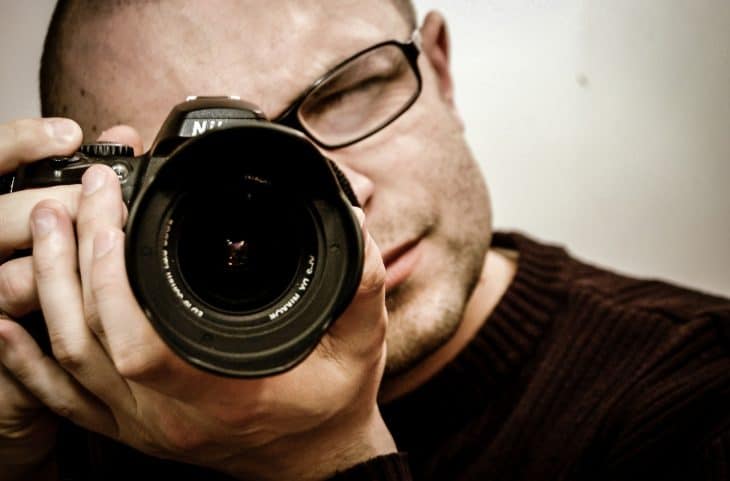
Nowadays, you can “snap” a photo of anything in no time. However, photography came a long way from the instantaneous experience people know today. It’s hard to imagine this “snap” taking 20 minutes and a bunch of chemicals just for one photo, but it was true at some point. Take a closer look at how photography developed over the years with these photography facts.
- The first camera in history is the pinhole camera from the 4th to 5th century.
- Ihagee introduced the Kine Exakta 1 which is the first 35mm SLR camera.
- In 1925, Leica first introduced the 35mm format in still photography.
- The human eye has equivalent f-stop values of f/8.3 in bright and f/2 in dark environments.
- The founding of the Société française de photographie in 1854 is in dedication to the history of photography.
- Robert Cornelius took the first-ever selfie in 1839.
- Julius Berkowski took the first photograph of a total solar eclipse on July 28, 1851.
- London’s Royal Photographic Society est. 1853 remains the oldest photographic society to date.
- Military reconnaissance during World War I made extensive use of aerial photography.
- The photography division in Wikipedia has 80 genres and 10 sub-genres.
- Edwin Hubble recorded the first image through the Hale Telescope in January 1949.
- The release of Photoshop 1.0 in February 1990 was exclusive for Macintosh computers.
- Caffenol refers to the process of developing film using coffee or tea.
- Anna Atkin has been recognized as the world’s first female photographer.
- The 20th century-famous “Afghan Girl” was taken in 1984 but the subject did not learn about her fame until seeing it in 2002.
- A pinhole camera counts as a safe way to look at the sun.
- Pictures taken every 2 minutes today are more than how many mankind did in the entire 1800s.
- Dilish Parekh of Mumbai owns the world’s largest camera collection with around 4,500 cameras.
- The default wallpaper of Windows XP holds the record for being the most-viewed photo.
- Guinness recorded a total length of 260 ft 3 in or 79.37 m for the world’s longest photo negative.
Photography Facts Infographics
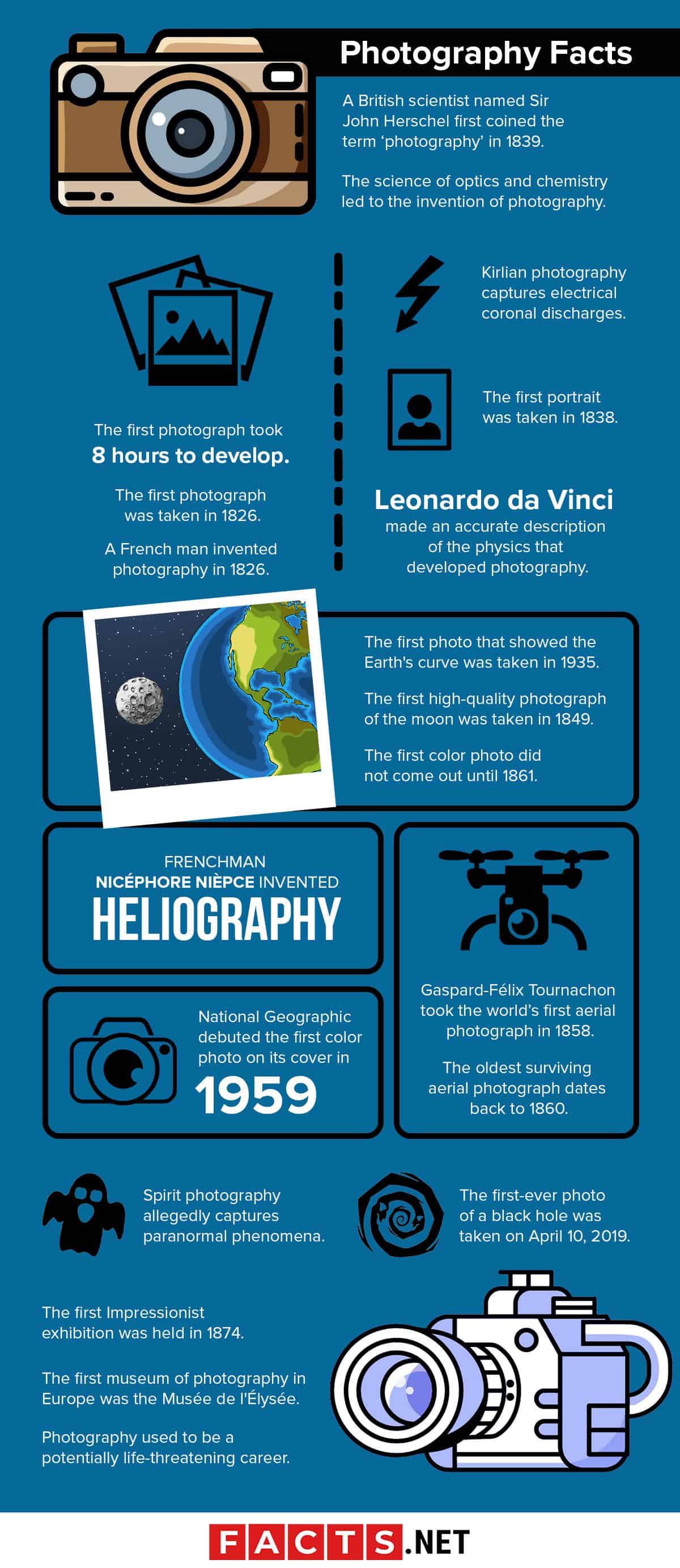
A British scientist named Sir John Herschel first coined the term ‘photography’ in 1839.
The term photography originated from the Greek words phos which means ‘light’ and graphê which means ‘drawing’ or ‘writing.’
The science of optics and chemistry led to the invention of photography.
The science of optics involves the convergence of light rays in the formation of an image inside a camera. Meanwhile, chemistry enabled the permanence of the recorded image onto a photosensitive (light-sensitive) surface.
Leonardo da Vinci made an accurate description of the physics that developed photography.
Around 300 years before the actual process was invented, da Vinci already predicted the physics involved in photography.
Kirlian photography captures electrical coronal discharges.
This unique form of photography is used in traditional scientific research as well as in abstract art and paranormal investigation.
A French man invented photography in 1826.
Nicéphore Nièpce of France first attempted to capture small camera images. He used paper treated with silver chloride, a photosensitive chemical. Sadly, Nièpce failed to fix and preserve most of these images.
The first photograph was taken in 1826.
Despite his earlier failed attempts, Nièpce succeeded in making the earliest surviving camera photograph today. The said photograph showed a view from his window at Le Gras in Burgundy, France.
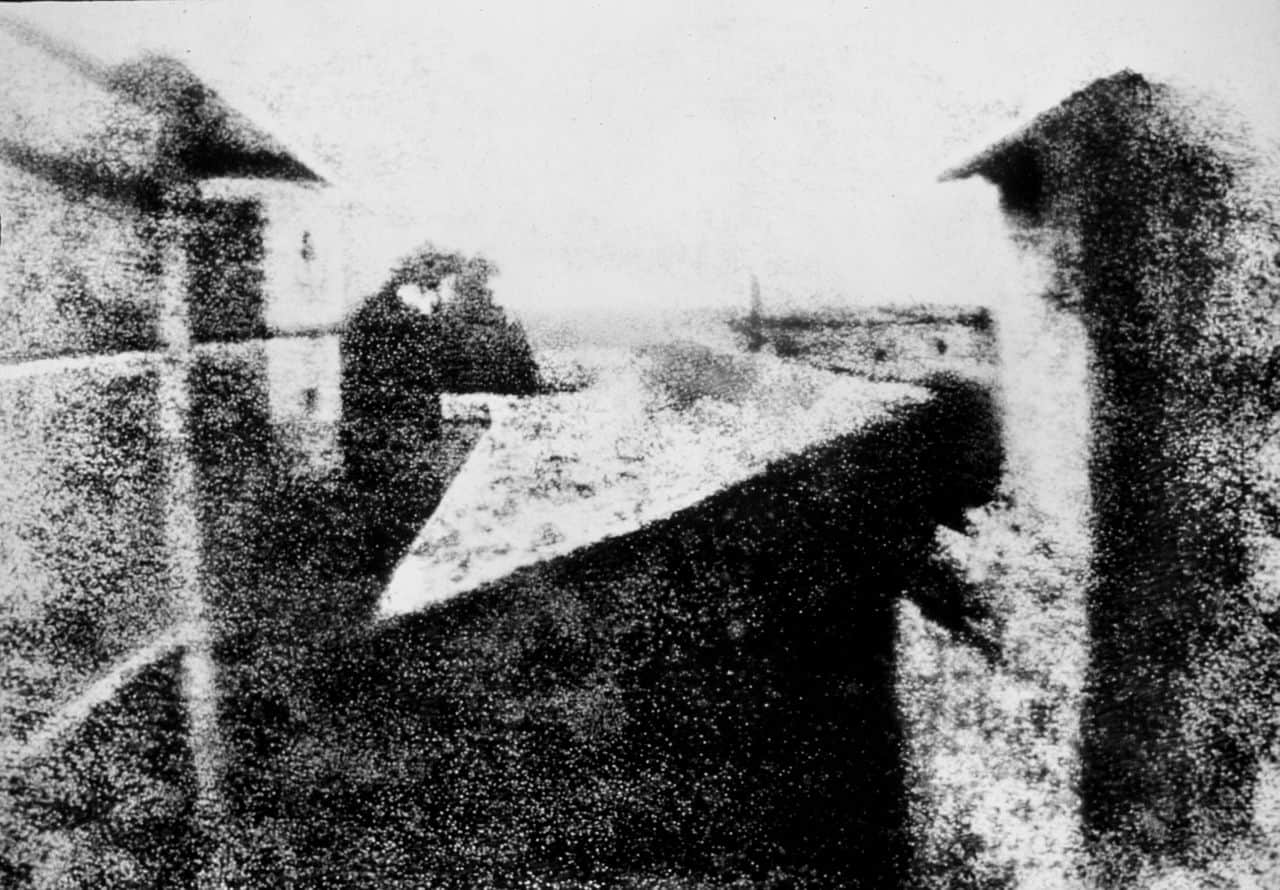
The first photograph took 8 hours to develop.
Niépce captured the first photograph on a bitumen-coated pewter plate diluted in lavender oil. However, unlike modern polaroids, it took 8 hours for the photo to expose.
The first portrait was taken in 1838.
Louis Daguerre, a pioneer in photography, took an image of the Boulevard du Temple in Paris in 1838. However, he unintentionally captured the image of a person with it, giving birth to the first-ever portrait in history.
Frenchman Nicéphore Nièpce invented heliography.
After experimenting with other photosensitive substances for some time, Nièpce eventually invented heliography. This photographic process came from the Greek words helios and graphê which mean ‘sun drawing.’
The first photo that showed the Earth's curve was taken in 1935.
Flat-Earthers, look away: Captain Albert Stevens confirmed the Earth‘s curvature when he took a photo of it from the Explorer II. This manned balloon reached an altitude of 72,395 feet which is a record-setter height in itself.
The first high-quality photograph of the moon was taken in 1849.
Daguerreotypist John Adams Whipple collaborated with astronomer George Phillips Bond in a project that snapped the first HD image of the moon. Currently, the photograph rests among the collection of the Met.
The first color photo did not come out until 1861.
The world’s first photo in color came from three different photographs taken through blue, green, and red filters. While Thomas Sutton took it in 1861, James Clerk Maxwell first proposed this method in 1855.
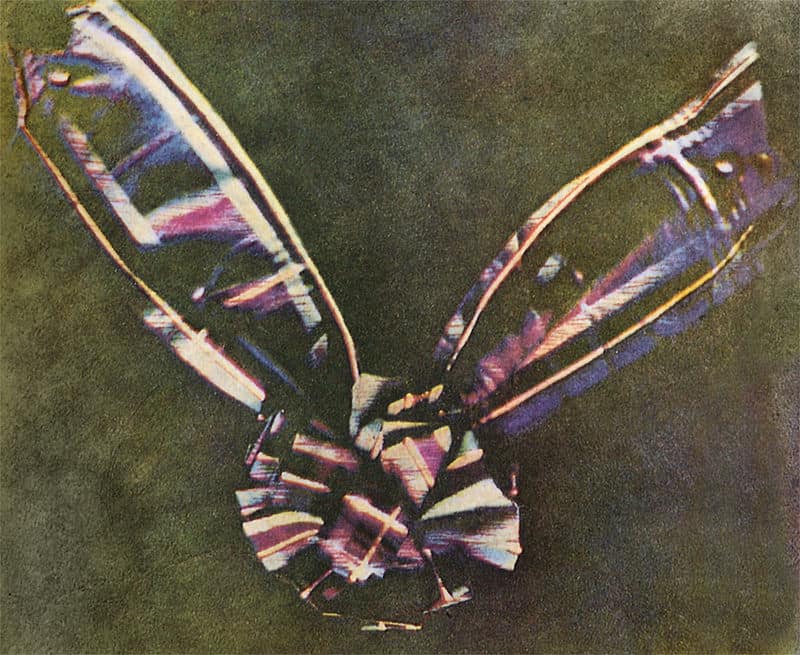
National Geographic debuted the first color photo on its cover in 1959.
National Geographic’s July 1959 issue featured the 49-star American flag. The cover honored Alaska‘s entry into the United States of America.
Gaspard-Félix Tournachon took the world’s first aerial photograph in 1858.
Gaspard-Félix Tournachon was a French photographer and balloonist also known by the nickname ‘Nadar.’ He took the said photo over the Bievre Valley in France. However, the image no longer exists today.
The oldest surviving aerial photograph dates back to 1860.
Taken by American photographer James Wallace Black, the image depicts the city of Boston. J.W. Black used a tethered balloon for it.
Spirit photography allegedly captures paranormal phenomena.
American spirit photographer William H. Mumler pioneered this method in the 1860s. However, people outed him or fraud after Boston residents who are still alive appeared as ‘ghosts’ in his photographs.
The first Impressionist exhibition was held in 1874.
The first Impressionist exhibition took place at 35 Boulevard des Capucines, Paris. Surprisingly, this location used to be Gaspard-Félix Tournacho’s photography studio.
The first museum of photography in Europe was the Musée de l'Élysée.
Located in Lausanne, Switzerland, the museum still stands today since its founding in 1985.
The first-ever photo of a black hole was taken on April 10, 2019.
The world’s first glimpse of a black hole was made possible by an algorithm created by MIT graduate Katie Bouman.
Photography used to be a potentially life-threatening career.
In its early days, photographers had to use substances like lye, mercury, nitrate, and silver to develop photos. Due to the extreme hazards of these materials, photographers had to take time off their work since prolonged exposure to the chemicals made them sick.
Furthermore, overexposure to these metals and chemicals can even lead to madness or death. Definitely one of the photography facts that’ll make you appreciate digital photography.
Anna Atkins was the first person to publish a book with photo illustrations.
Anna Atkins was also the world’s first female photographer. Her book, Photographs of British Algae: Cyanotype Impressions was privately published in October 1843. Aside from being the first illustrated book, Atkins’ work also uniquely featured a handwritten text.
The name of the photography giant Kodak has no real meaning.
American entrepreneur George Eastman founded Kodak in 1888. When asked about the name’s origin, Eastman mentioned that the letter ‘K’ sounded “strong” to him. As such, Kodak has no real meaning.

The first underwater camera system was created in 1893.
French scientist Louis Boutan first introduced the underwater camera in 1893. However, William Thompson had already taken the first underwater photo in 1856, nearly 40 years before the said feat.
Photography proved that all horses' hooves leave the ground in one point.
Governor Leland Stanford hired Eadweard Muybridge to settle the debate. Aside from being a matter of scholarly interest, the project was also rumored to have involved a $25,000-worth bet.
The English-American photographer Muybridge used 12 cameras and a tripwire shutter rig in the process. It might as well be one of the most useful photography facts down history lane.
English photographer Thomas Sutton invented the SLR camera.
Aside the Single-Lens Reflex Camera, Sutton also developed the first panoramic camera. He used a water-filled lens to project an image on a curved photographic plate.
American photographer Arthur C. Pillsbury pioneered time-lapse photography.
Starting in 1911, Pillsbury took photos of 500 out of 1,500 varieties of wildflowers in Yosemite. Originally, Pillsbury intended for the project to shed light on the decreasing wildflowers of Yosemite. However, his method pioneered what is now known as time-lapse photos.
Photoshop started as ‘ImagePro.’
The Knoll brothers developed ImagePro in 1987. In 1995, Adobe bought the software and turned it into what is now widely-known as Photoshop.
Cecil Beaton started his career with only a Kodak 3A in hand.
Also known as the No. 3A Folding Pocket Kodak, the Kodak 3A seems a humble choice for an aspiring photographer. However, Beaton became one of the most renowned photographers and costume designers of the 20th century.
The English photographer started his career in designing book jackets and costumes for charity matinees. Eventually, Beaton also established himself in different fields of photography such as fashion, portrait, and war photography.
Helen Levitt spent 60 years of her life taking candid photos on New York City streets.
While the Levitt founded the street photography movement, she has been dubbed as the most celebrated yet least known photographer of her time.
Photography was highly valued by royalty.
Today, anyone could whip out a phone and start to take photos. However, photography wasn’t always as accessible back then. Usually, only the elite and nobles had access to photography. Among them were Queen Victoria and Prince Albert who even had a darkroom built in the Windsor Castle.
Before the electronic flash, flash powder was used in photography.
Flash powder involved the use of potassium chloride and aluminum. With such materials, photo-taking attempts often led to violent explosions, especially when not mixed correctly. As it turns out, the process of photography was not as pleasant as it always is today.
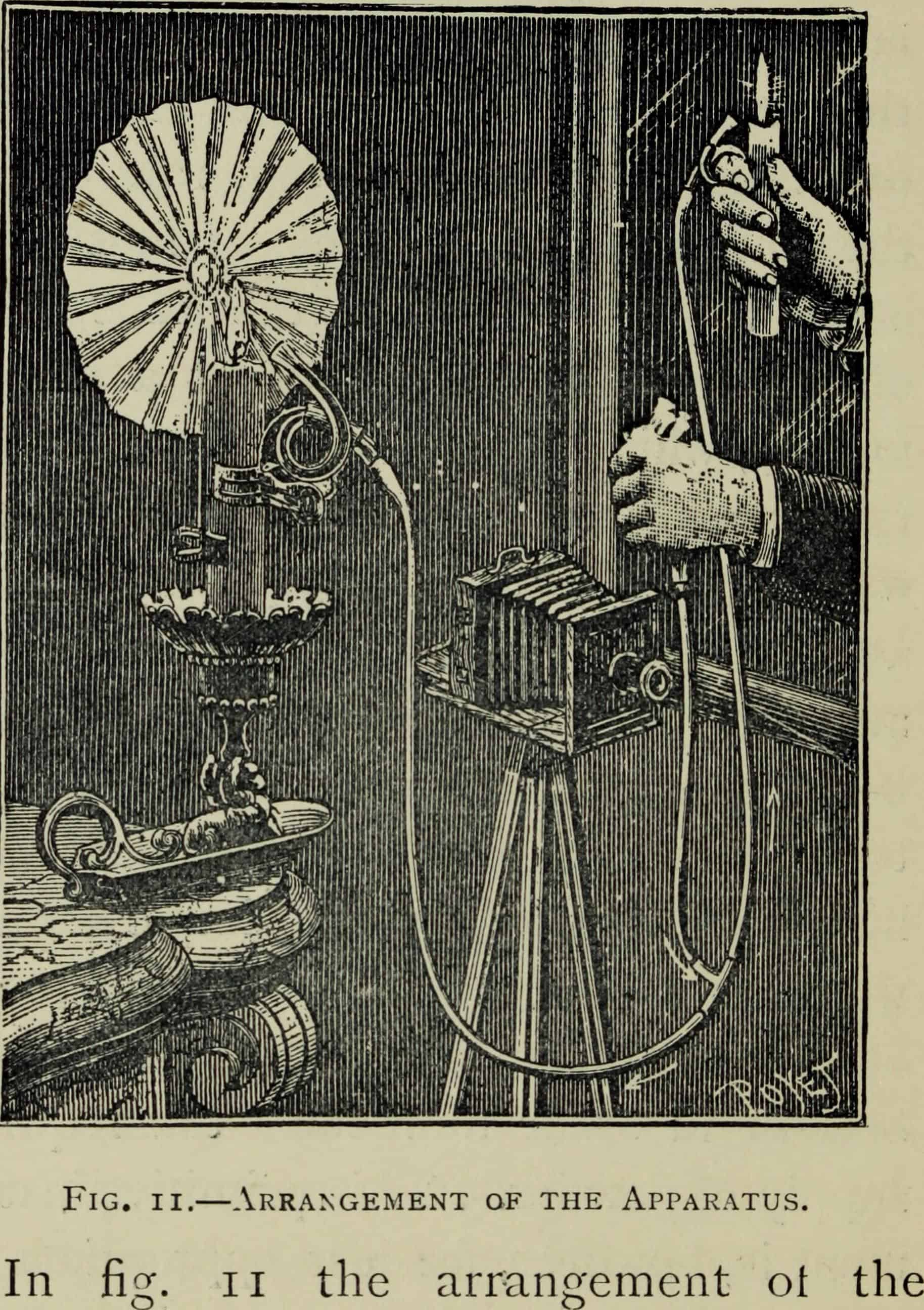
Back in the 1800s, dead bodies were the most popular subjects for photography.
In a process called ‘post-mortem photography,’ photographers would capture images of dead people. Famous people were the primary subjects, but commonfolk also posed with their dead relatives as if they were alive.
HDR images started way before today’s digital devices.
Back then, photographers had always struggled with overcoming the limited dynamic range of photographic media. The 1800s photographer Gustave Le Gray coped with it by combining two separate images of water and sky to better capture such a wide luminosity range.
The original photographic paper was not as simple as what is used today.
In the early days of photography, the process of making photographic paper involved painting asphalt varnish onto copper or glass plates.
Historians claim the onset of the abstract photography movement happened in 1914.
German chemist Erwin Quedenfeldt pioneered abstract photography through his photo series, Symmetrical Patterns from Natural Forms.
Pictorialism refers to the movement where photographers use soft focus.
This effect imitates the dreamy and romantic look of paintings. Pioneers of this movement include Alfred Stieglitz, Robert Demachy, and William J. Newton.
The creation of the Group f/64 contrasted Pictorialism.
Photographers who support the organization promoted principles of “clearness and definition” when it comes to photography. In other words, they avoid the pre-photography ideals of fine art. Some members of the movement are Ansel Adams and Willard Van Dyke.
The name of the Group f/64 references a camera setting.
This small aperture setting is a part of a large-format camera. When used, the image produced features a sharp focus from foreground to background.
Iron tintypes photography was the most popular during the Civil War.
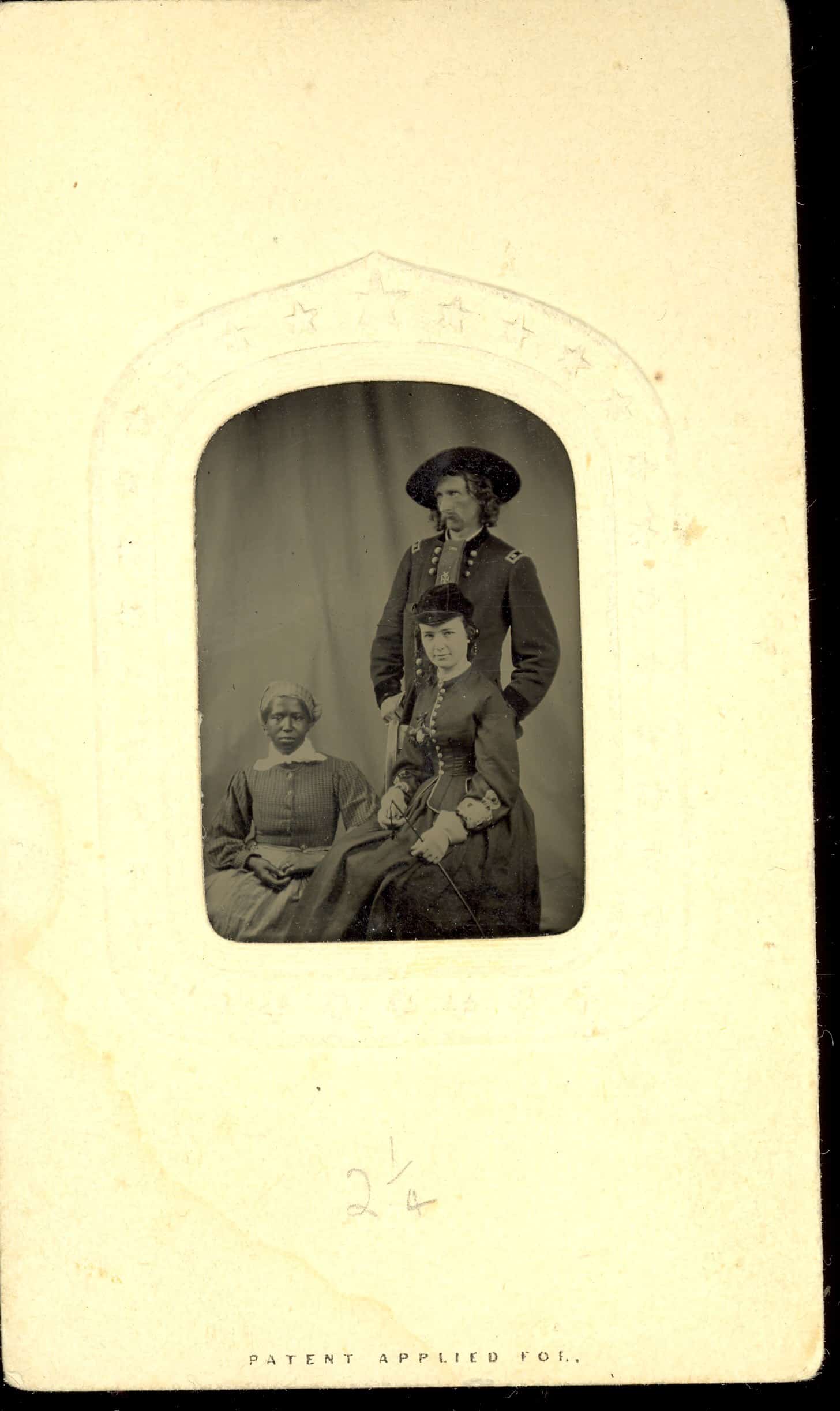
Because of its longevity, Ionic tintype photography surpassed the widely available options like ambrotypes and daguerreotypes. Iron tintypes were durable enough that soldiers and families could easily mail them back and forth.
The left side of human faces appears better in pictures.
Kelsey Blackburn and James Schrillo of the Wake Forest University conducted a study which found that the left side of face is more attractive than the right. Take note, portrait photographers.
People did not smile in old photos due to the long exposure times.
You can take photos in just a snap now, but that wasn’t always the case. In the early days of photography, people had to pose for 20 seconds to 20 minutes. It was important for the subject to stay as still as possible so the photograph would not come out blurry. Imagine standing still for 20 minutes, just to snap a selfie? Definitely one of the crazier photography facts.
The biggest camera in 1900 was used to capture “the handsomest train in the world.”
To capture the whole of Alton Limited, the Chicago & Alton Railway commissioned American commercial photographer George R. Lawrence to build the camera. Weighing 640 kg with a a 4.5′ × 8′ glass-plate negative, this camera was the biggest of its time. Moreover, the camera used trademark Carl Zeiss lenses, the biggest of its kind apt for the biggest camera made.
The most expensive camera ever sold was a 1923 prototype from the Leica O-Series.
Even before, Leicas have been known for the excellent image quality and unique colors that they produce. In other words, the title for the most expensive camera ever sold fittingly went to a vintage Leica model.
The heaviest lens for civilian use weighed 564 pounds.
Named the Carl Zeiss Apo Sonnar T* 1700 mm f/4 lens, this heavy-weight champion was only made for special order.
The title for the most-viewed photography exhibit of all time goes to ‘The Family of Man.’
Debuted at New York’s Museum of Modern Art in 1955, this exhibit went on international tours for the next 8 years. The total estimate of the visitors it drew reached around 9 million throughout its tour.
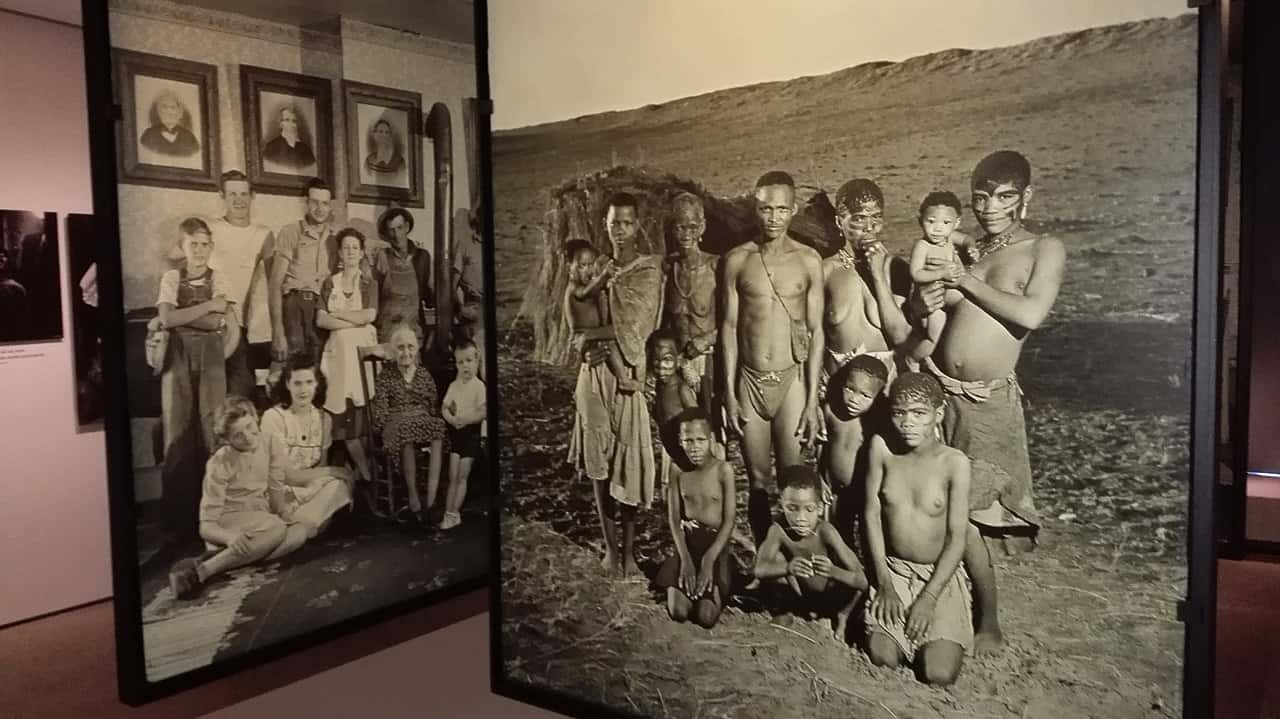
The most expensive photograph ever taken was Rhein II.
Andreas Gursky took the Rhein II in 1999. The image features the Lower Rhine flowing horizontally across the frame, between flat green fields, underneath an overcast sky. It’s a pretty straightforward landscape, but the Rhein II surprisingly totaled $4,338,500 at a New York auction.
The most expensive consumer camera lens costs $2,064,500.
Sheikh Saud bin Mohammed Al-Thani of Qatar placed a special order for an APO-Telyt-R 1:5.6/1600mm lens from none other than Leica.
The largest known SLR lens is the 5200mm f/14 Tele-Monster.
Made by Canon, this monster lens can focus on objects between 18-32 miles away.
On Instagram, the most-liked photo is an egg with a plain background.
Shutterstock contributor Serghei Platonov took the infamous egg photo in 2015. Then, advertising specialist Chris Godfrey posted it to Instagram with the sole intent of garnering the highest number of likes on any Instagram post. Since then, the world-record egg has garnered over 54.4 million likes.
Cameras were invented in 1816, but the principle was first recorded around 470-391 BCE.
Camera obscura in Latin translates to ‘dark room,’ referring to the first device made to project an image on a surface. Hundreds of years before its invention, Chinese philosopher Mozi first recorded the principle. What is now known as the pinhole camera was based on camera obscura.
The camera obscura only allows viewing of the image in real-time.
Artists would still have to trace the image by hand inside the camera to be able to record it permanently.
Louis-Jacques-Mandé Daguerre invented the first camera that can record an image.
He used a complex process that was later named after him, which was the daguerreotype.
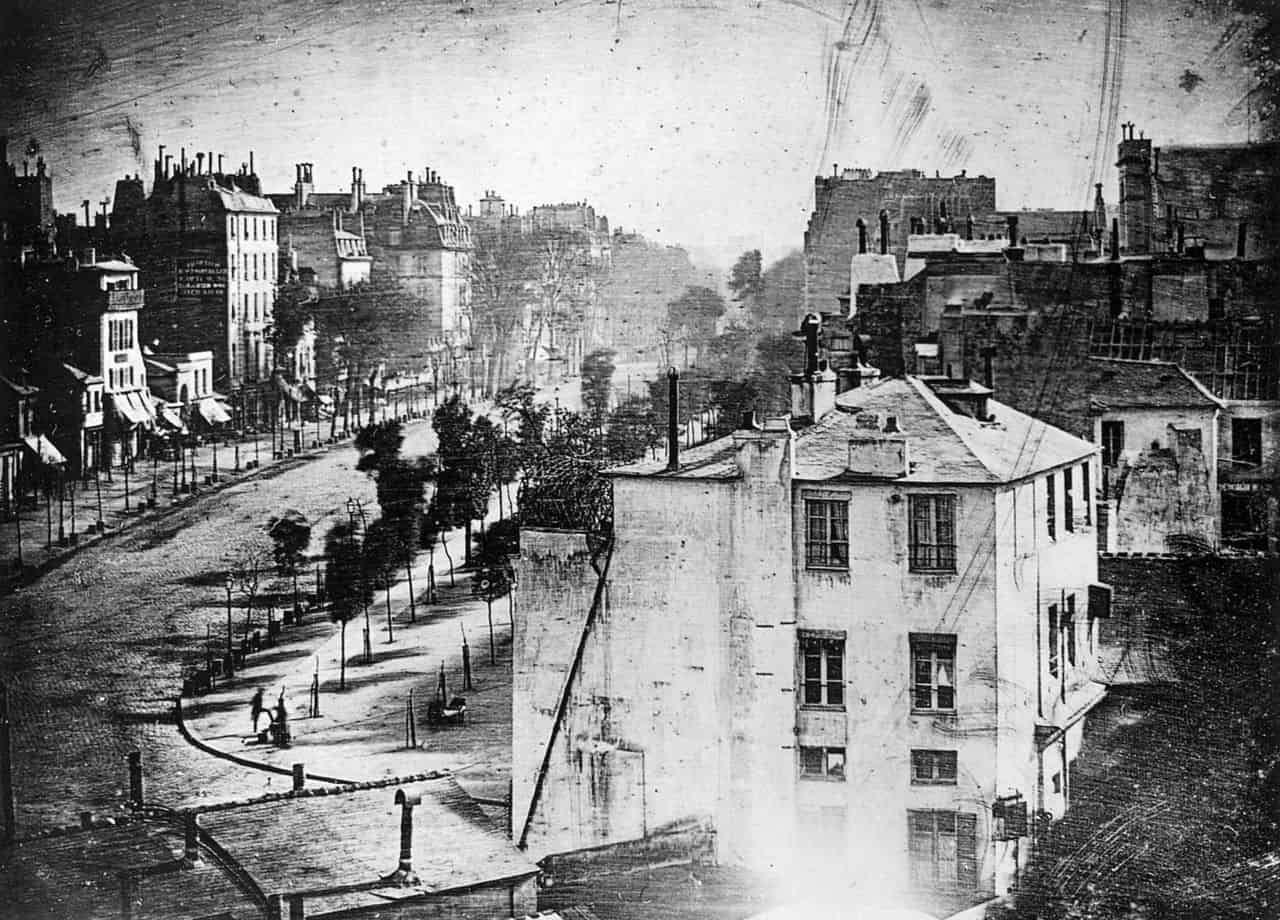
French firm Susse Freres created the world's oldest camera.
Susse Freres used Daguerre’s process to build the device before 1839. Later on, the camera was only found in an attic in Germany.
The world's oldest camera sold for $792,330.
An online bidder became the lucky new owner of the record-holding device after bagging it from a 2007 Vienna auction. Hence, it immediately made the list as one of the world’s most expensive cameras.
There are cameras on the moon.
No, it’s not a conspiracy theory. In order to make space for moon rocks to be brought home, 12 Hasselblad cameras have been left on the moon. Thanks to that, film magazines were able to feature images from the camera.
Eastman Kodak's Steven Sasson invented the first digital camera in 1975.
The world’s first digital camera took 23 seconds to snap a photo and recorded images on a cassette tape. Moreover, the camera weighed 8 lbs and had a resolution of 0.01 megapixels.
Digital imaging is environmentally-friendly.
Traditional processes require numerous darkroom chemicals that are toxic and even dangerous to handle. When disposed down the drain or other conventional ways, these chemicals can pollute the environment.
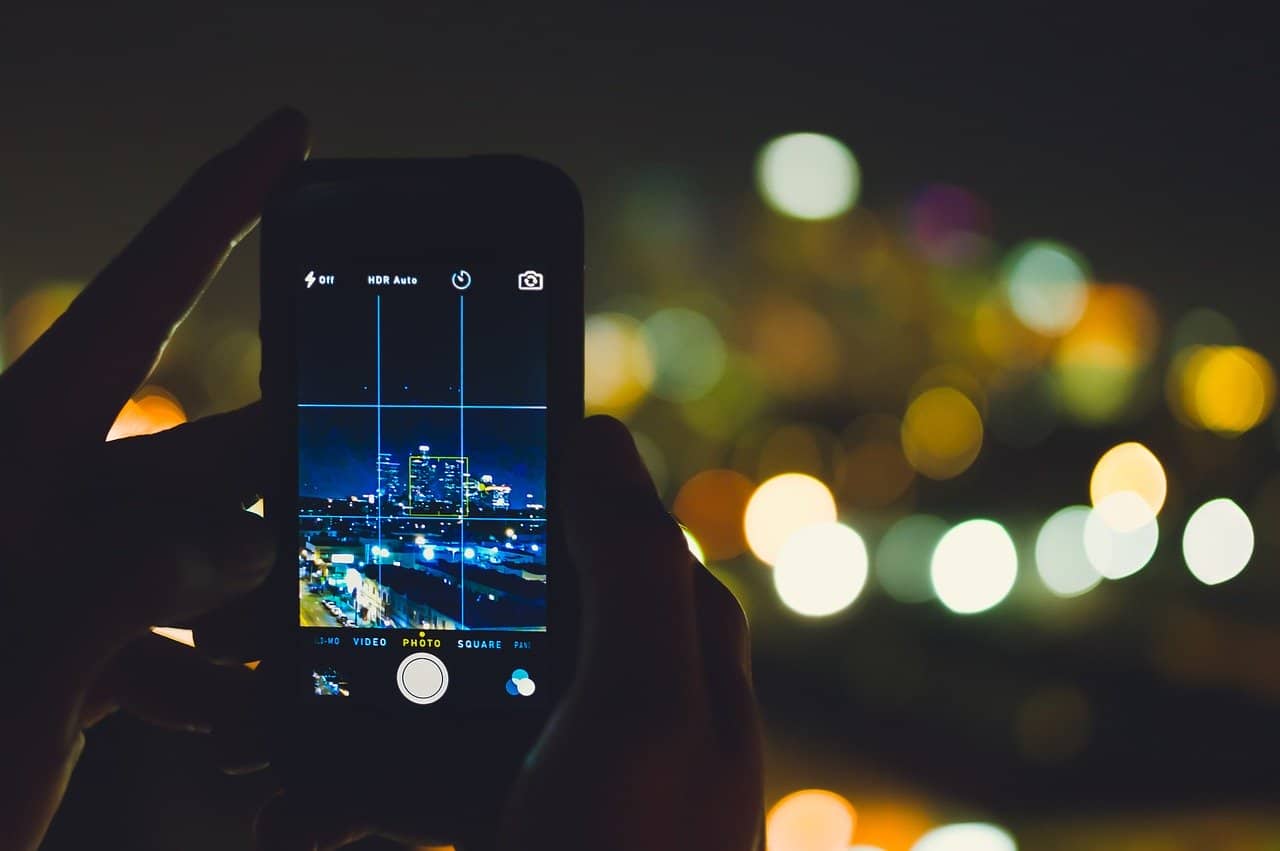
The tripod attachment thread of a camera and the bolt on a lampshade has the same size.
In other words, pulling the shade off an old lamp can makeshift a jury-rigged tripod. Definitely one of the photography facts to keep in mind.
Black-and-white film sales have increased by around 5% annually in recent years.
About 60% of those in the film industry claimed to start shooting in black and white film within the past 5 years.
Was this page helpful?
Our commitment to delivering trustworthy and engaging content is at the heart of what we do. Each fact on our site is contributed by real users like you, bringing a wealth of diverse insights and information. To ensure the highest standards of accuracy and reliability, our dedicated editors meticulously review each submission. This process guarantees that the facts we share are not only fascinating but also credible. Trust in our commitment to quality and authenticity as you explore and learn with us.


